One of the most captivating ways to delve into Toronto’s bygone days is through this remarkable collection of photographs that chronicle the everyday life of the city in the 1960s.
These images, taken by gcosserat on Flickr, offer a unique glimpse into a bygone era, showcasing the people, places, and moments that defined the city during this transformative decade.
As the 1960s began, Toronto’s skyline comprised a collection of buildings tinted with sepia tones, featuring banks, hotels, and church steeples.
In comparison to the bustling metropolis we know today, it was a considerably quieter and more conservative city.
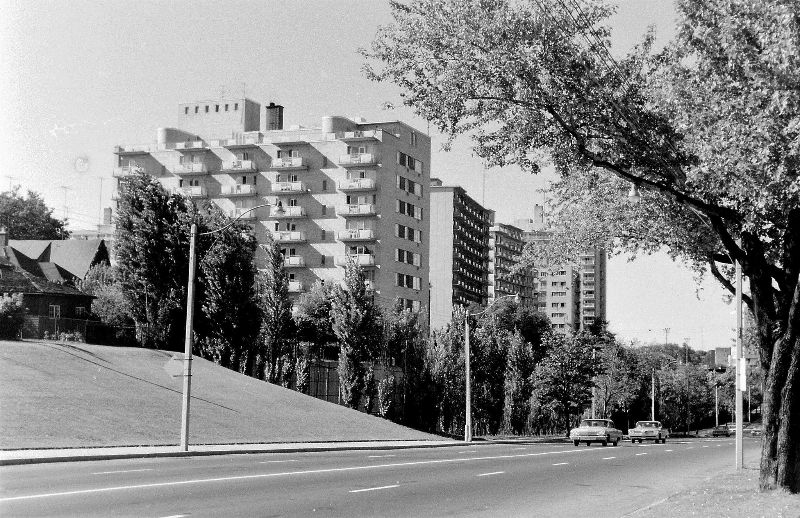
Brentwood Towers, Toronto
During this decade, Toronto’s downtown core was rebuilt with new, taller, skyscrapers.
A new Toronto City Hall was opened; the Eaton Centre shopping and office complex; four new bank towers were built at the intersection of Bay and King Streets, the “MINT corners” and new towers along University Avenue.
This was causing havoc with the city’s old television and radio towers which were simply not tall enough to serve the city, so engineers and politicians decided that something had to be built taller than any other building in the city or anything that would probably ever be built.
They decided to build a super-tall massive television and radio tower (the CN Tower), which was completed in 1976 on the railway lands south of downtown.
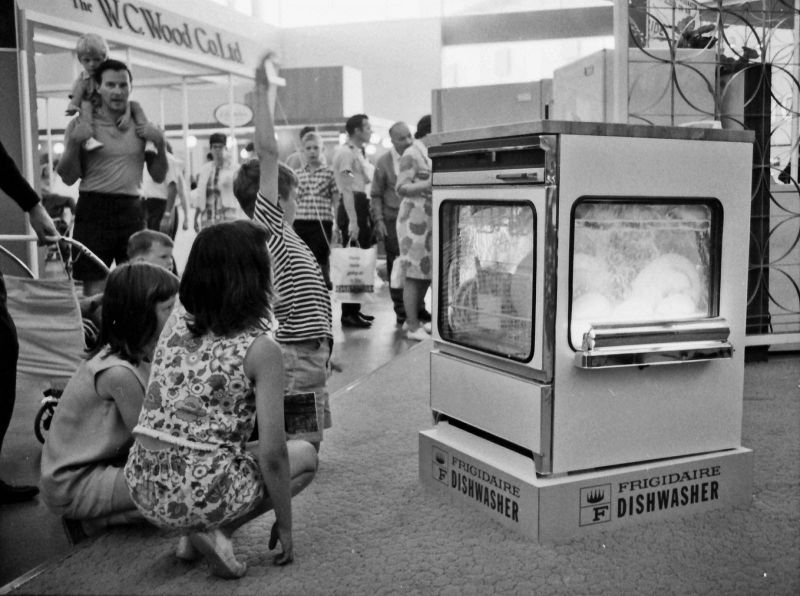
Canadian National Exhibition, Toronto
Back then, the city’s dining landscape was a far cry from what we know today, with restaurants being a rarity.
Moreover, attempting to acquire alcohol on a Sunday, or anywhere in the Junction, was an exercise in futility.
Nevertheless, amidst this seemingly subdued atmosphere, vibrant pockets such as Yorkville and the section of Yonge Street below Gerrard thrived with activity throughout the day and night.
Yorkville served as a nucleus of hippie culture and a fertile ground for musical innovation during the first half of the 1960s.
However, it later underwent a transformation, transitioning into the retail-driven neighborhood that characterizes it today.
Another noteworthy development during the 1960s, particularly evident in aerial photographs of the city’s outskirts, was the emergence of apartment block housing.
Between 1959 and 1969, a wave of large-scale concrete apartment complexes appeared en masse, accommodating the city’s expanding population, which was increasingly decentralized from the downtown core.
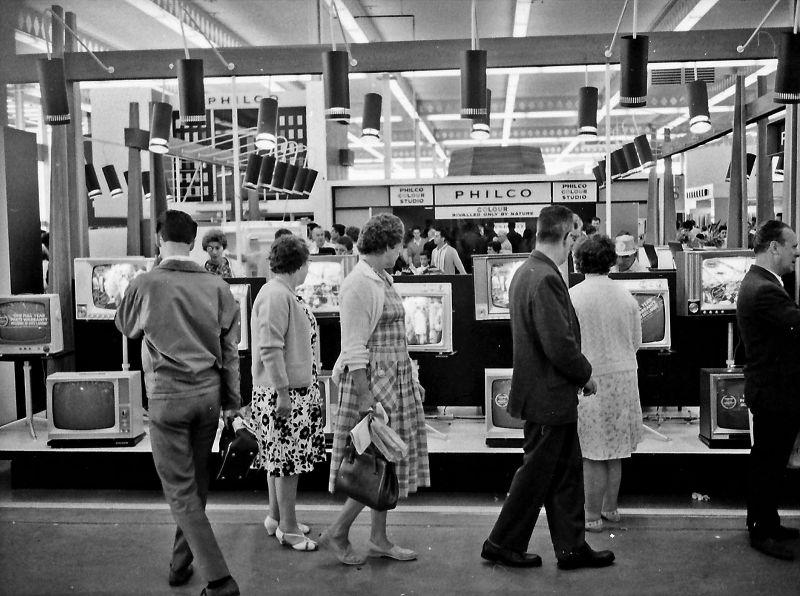
Canadian National Exhibition, Toronto
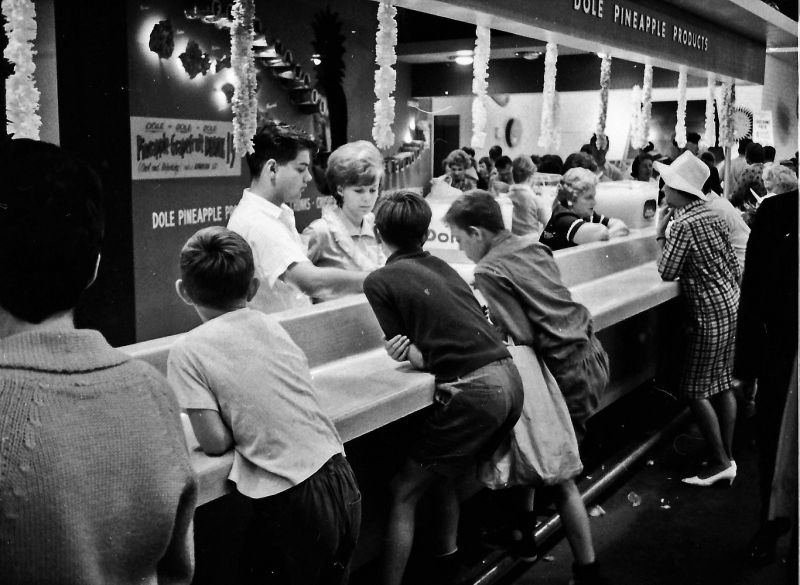
Canadian National Exhibition, Toronto

Cherry Beach, Toronto
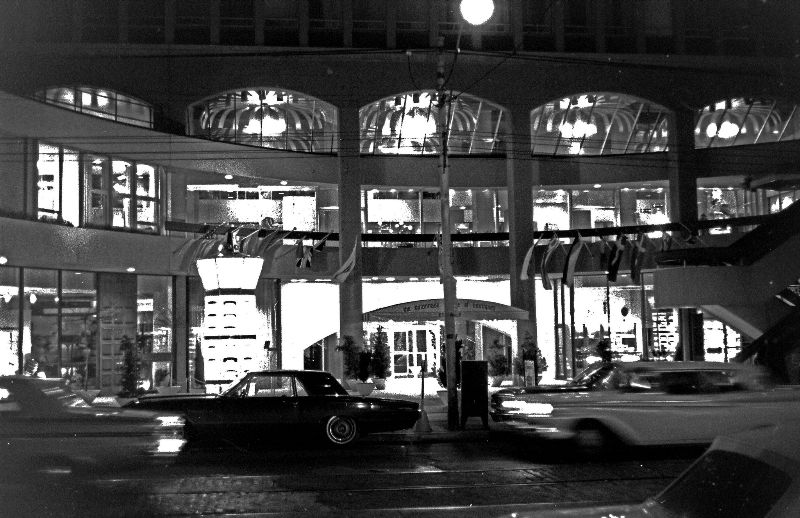
Colonnade on Bloor, Toronto

Eglinton Avenue West, Toronto

Eglinton Avenue West, Toronto
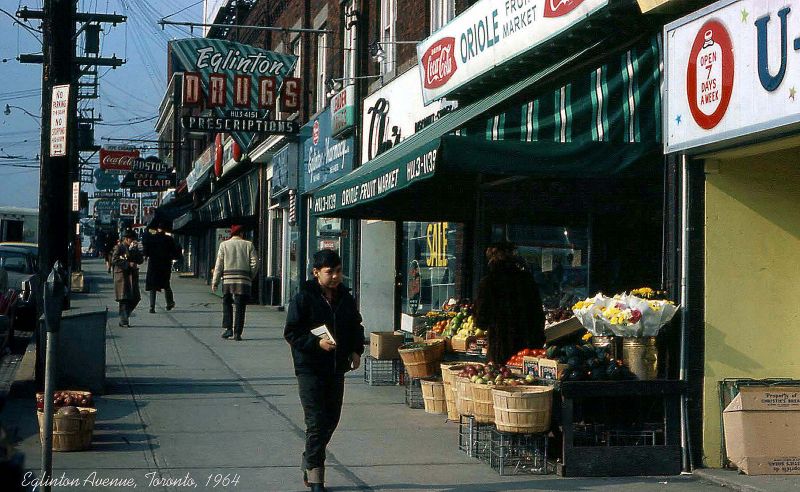
Eglinton Avenue West, Toronto

Eglinton Avenue West, Toronto
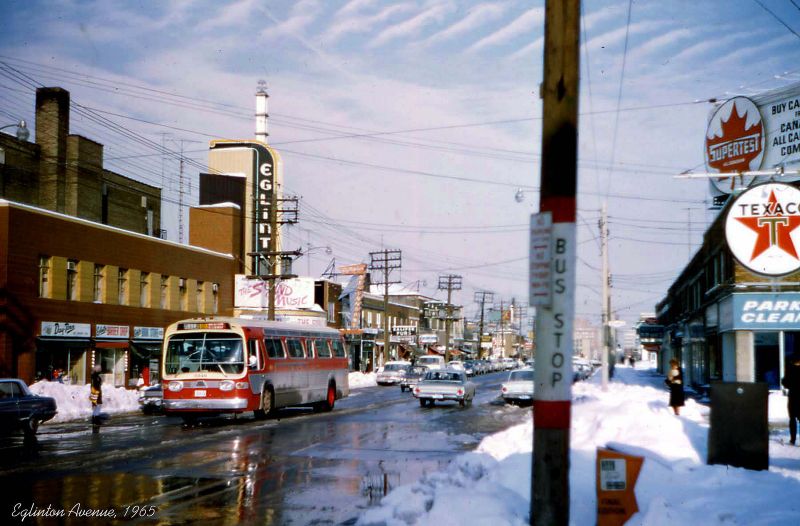
Eglinton Avenue West, Toronto

Eglinton Avenue West, Toronto

Eglinton Avenue West, Toronto
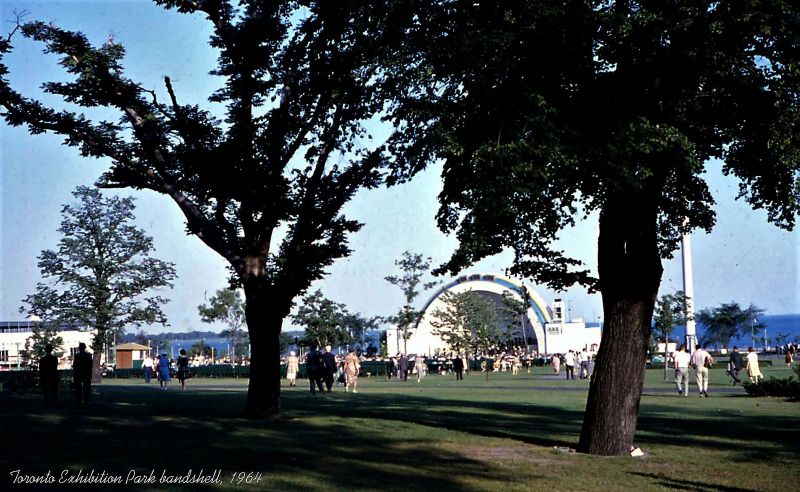
Exhibition Park bandshell, Toronto

Forest Hill Dominion, Toronto

Forest Hill, Toronto

Forest Hill, Toronto
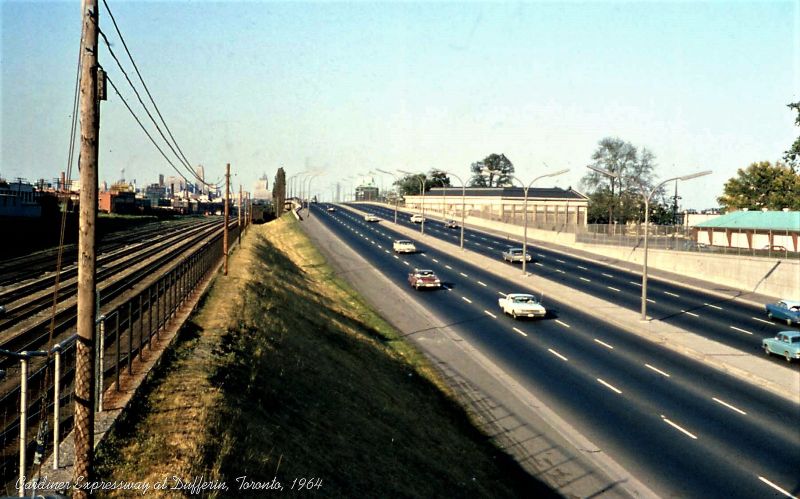
Gardiner Expressway at Dufferin, Toronto
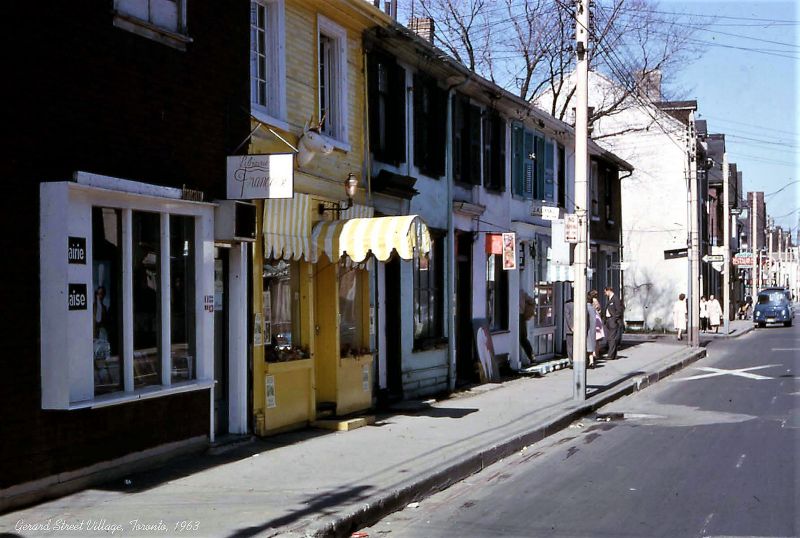
Gerard St village, Toronto
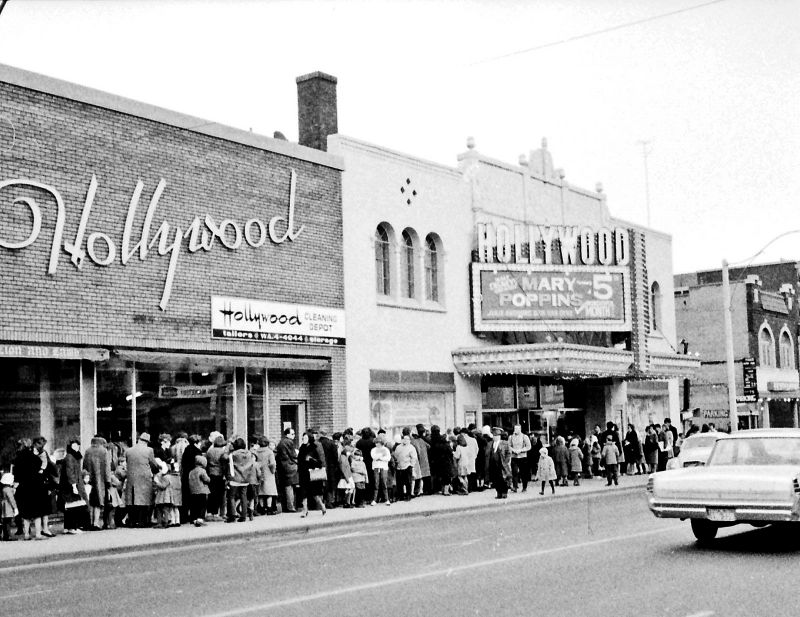
Hollywood Cinema, Toronto
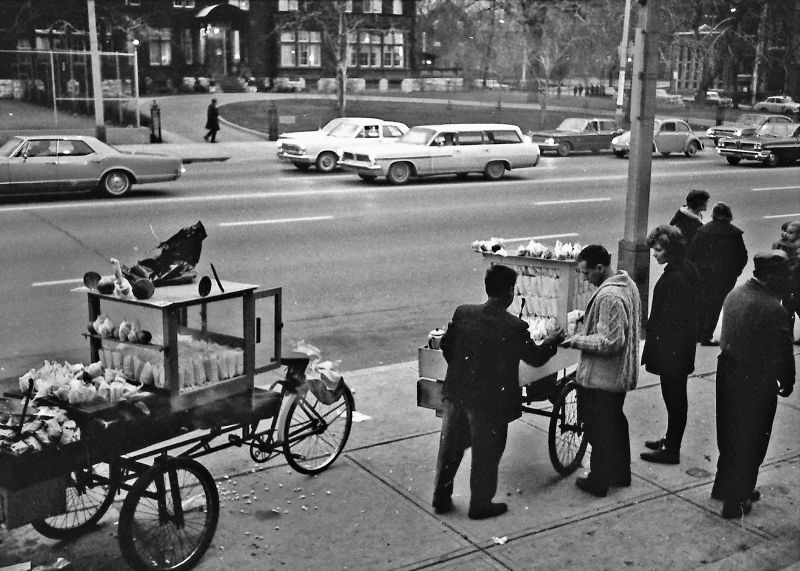
Hot chestnuts, Toronto
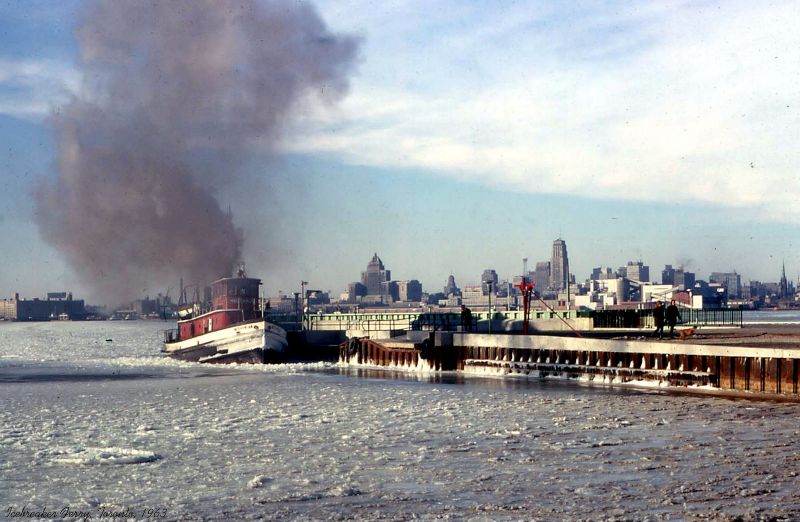
Icebreaker ferry, Toronto Harbour

Island ferry, Toronto

Nathan Phillips Square, Toronto

Queens Park Parliament buildings, Toronto
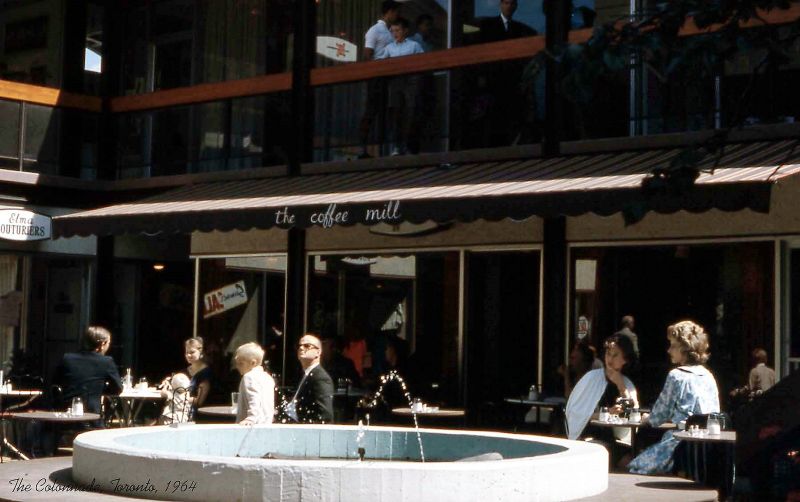
Rosedale Park, Toronto

Snow shovel at work, Toronto

St George Street, Toronto
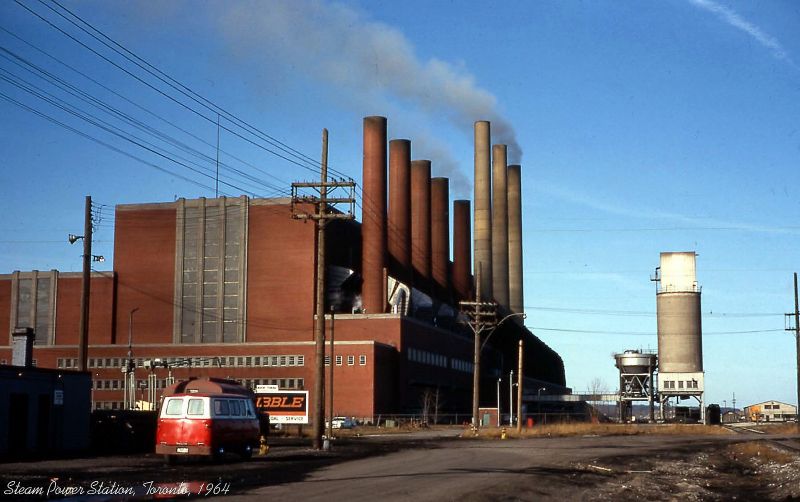
Steam Power Station Toronto, Toronto

Subway train, Toronto
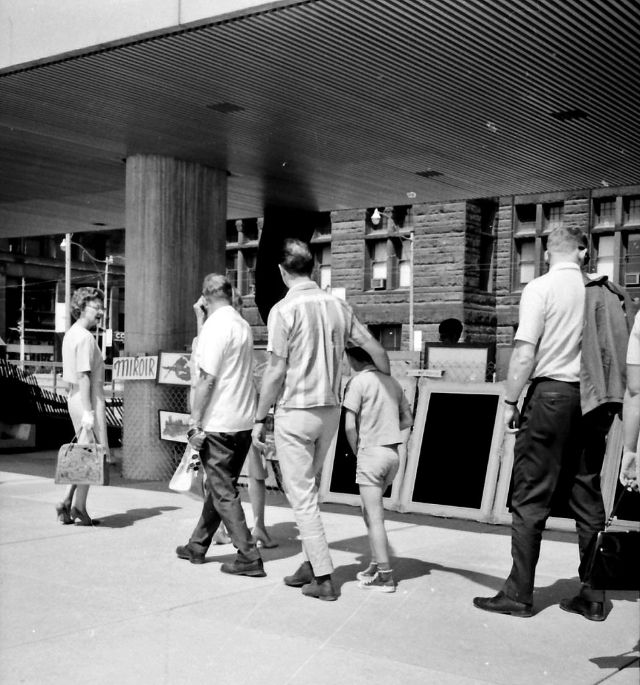
Toronto art sale by City Hall
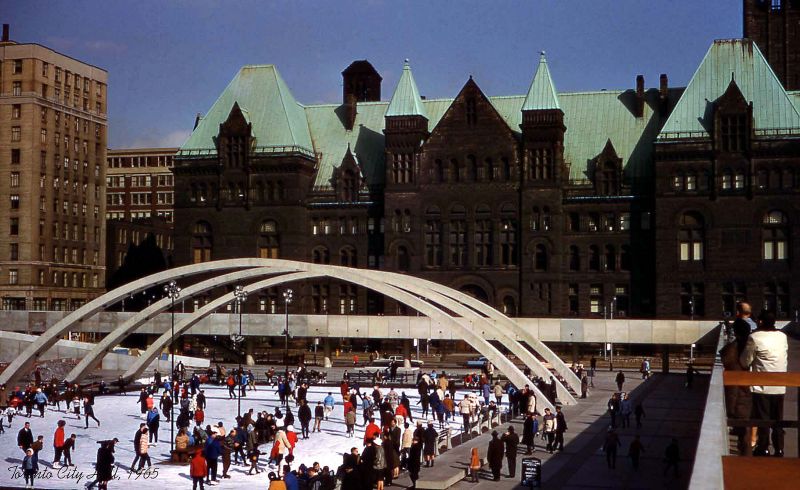
Toronto City Hall
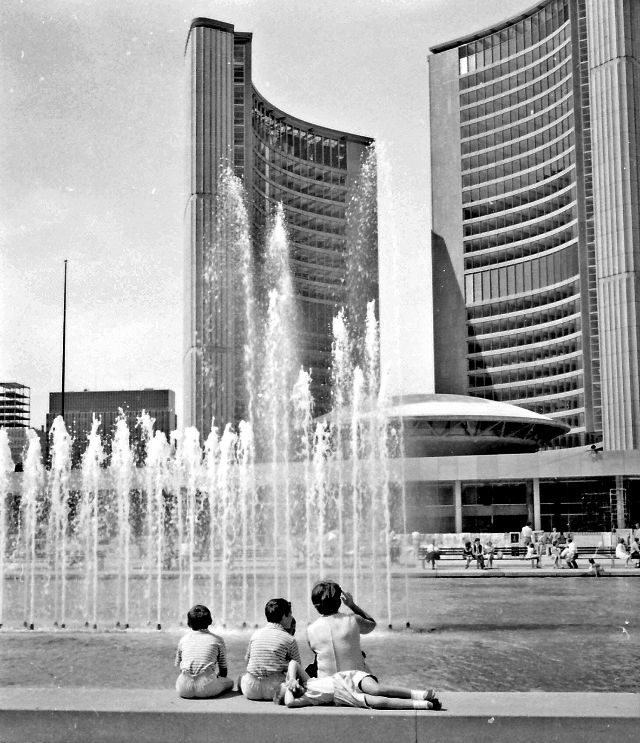
Toronto City Hall
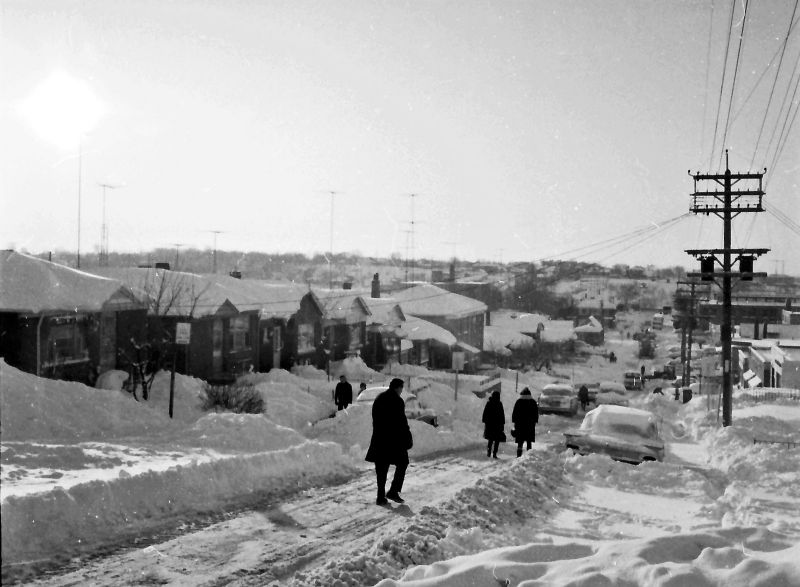
Toronto in winter

Toronto in winter

Toronto in winter

Toronto in winter

Toronto Island blessing the boats
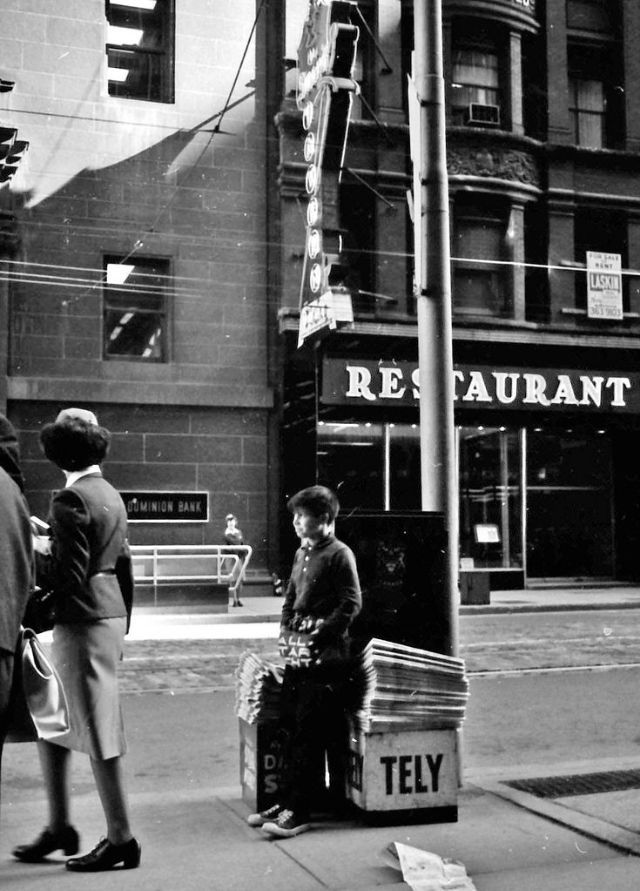
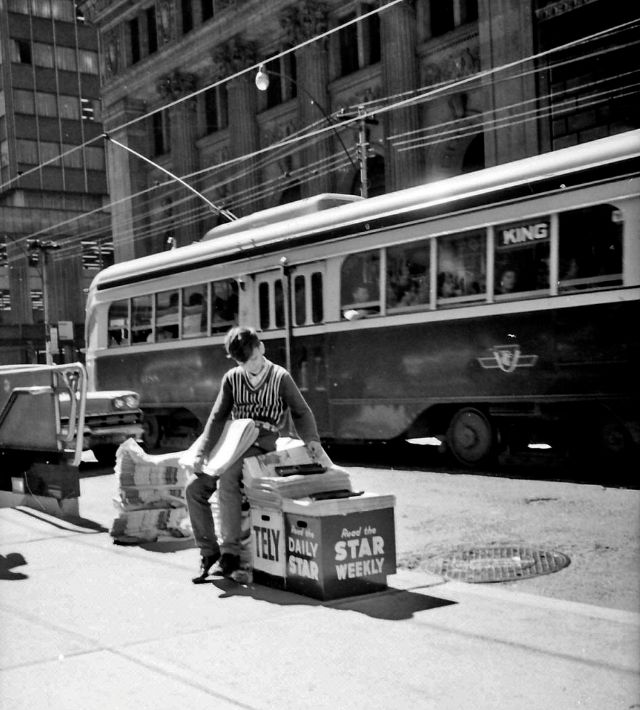
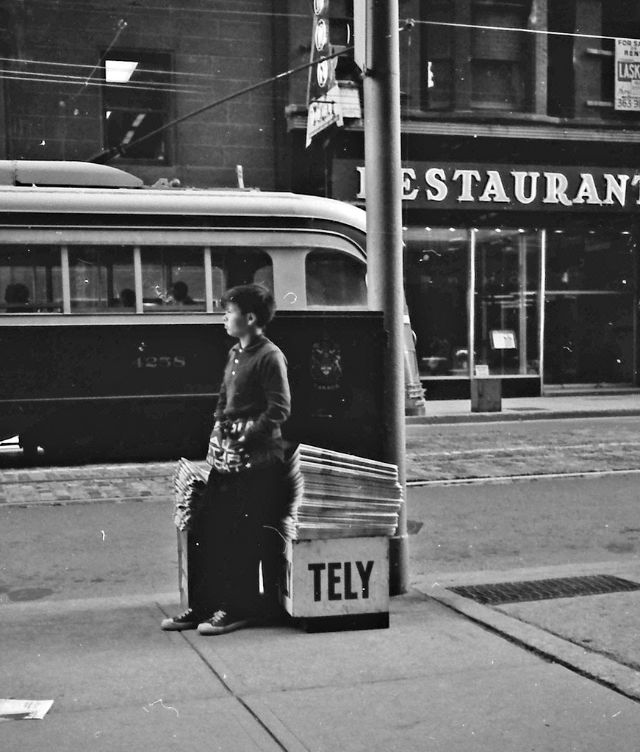
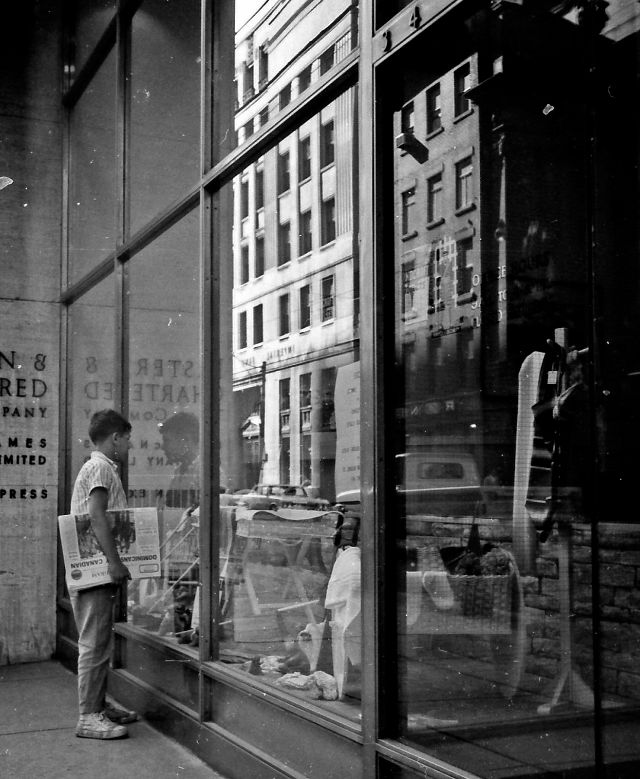
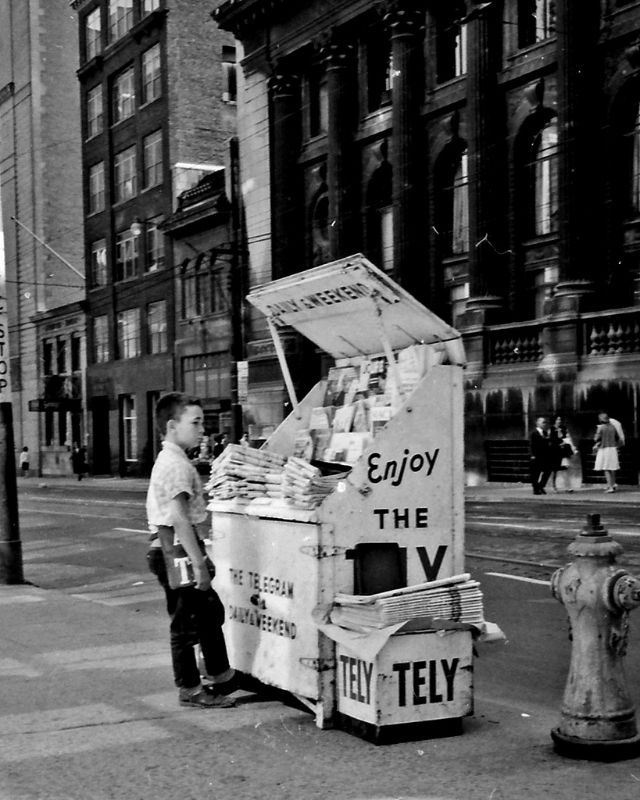
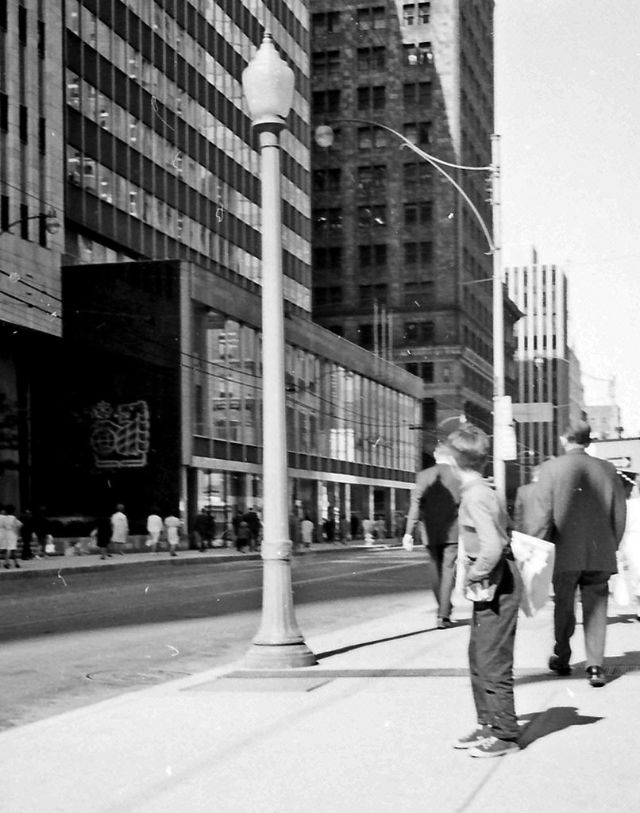
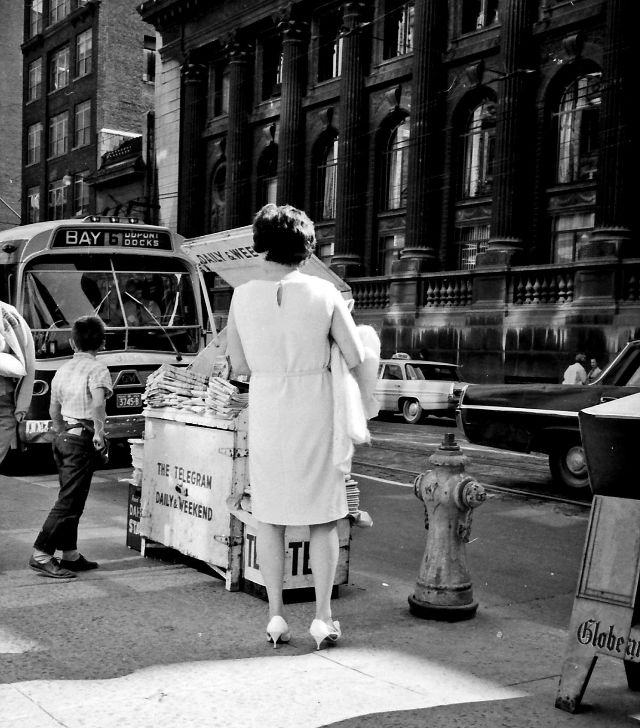
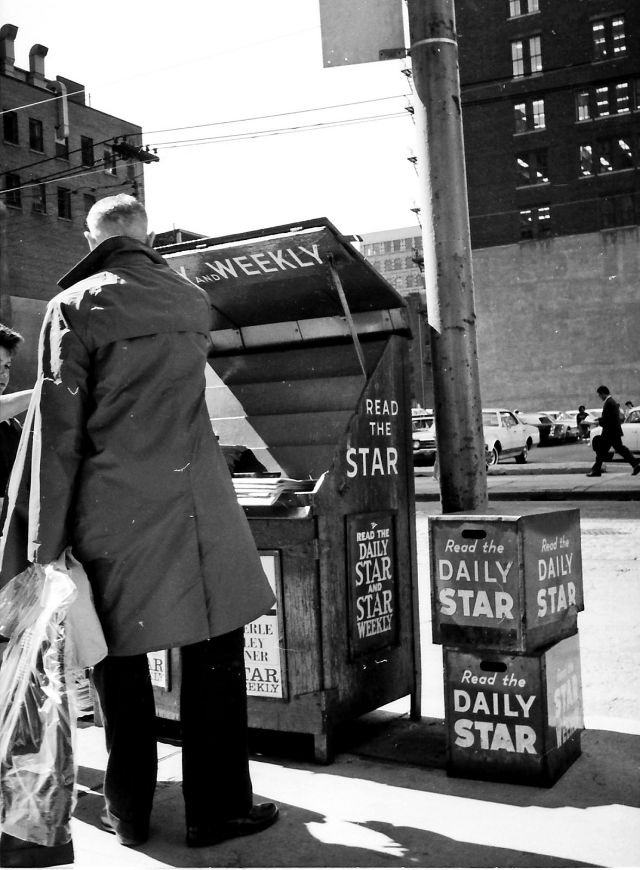
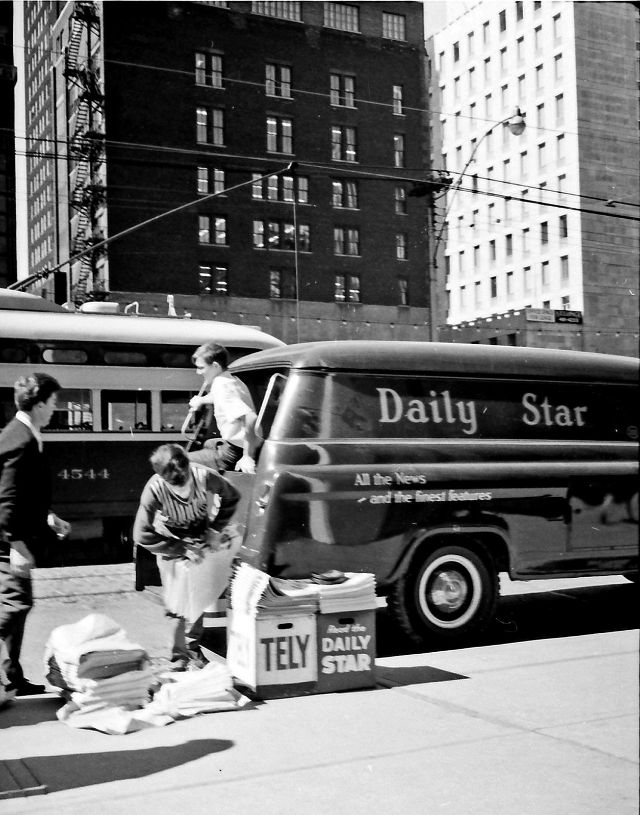
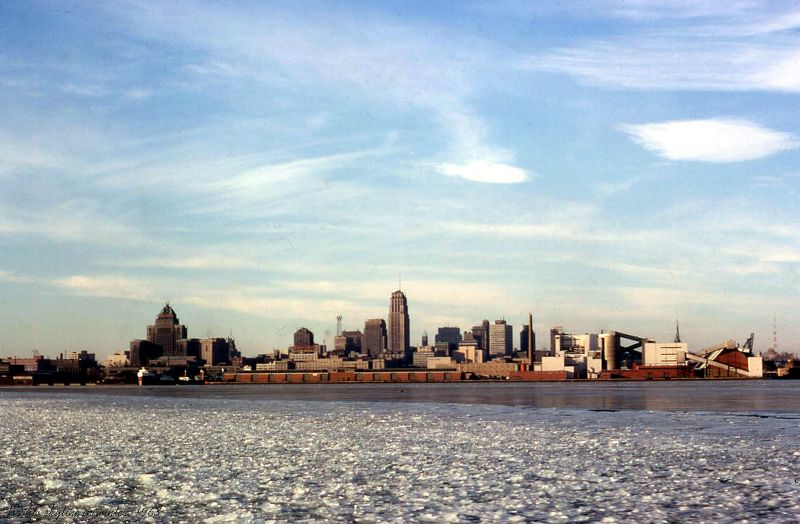
Toronto skyline in winter
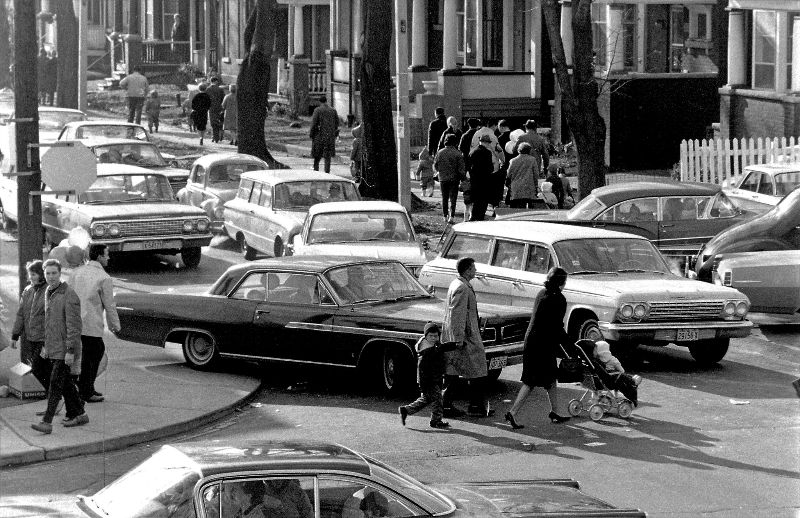
Toronto street scenes
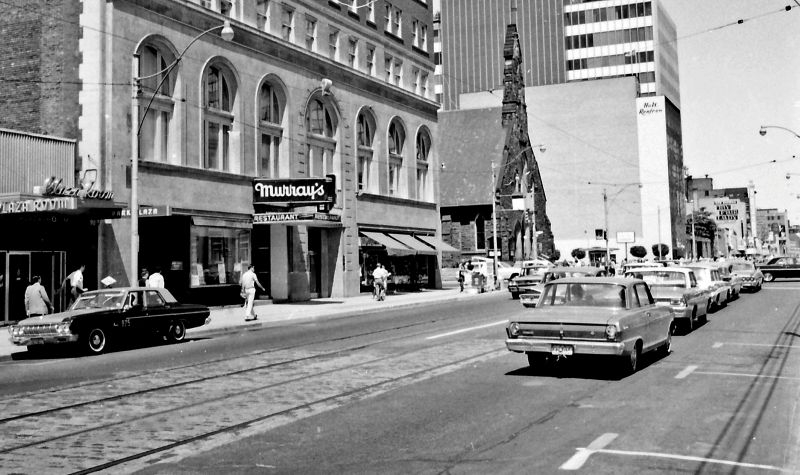
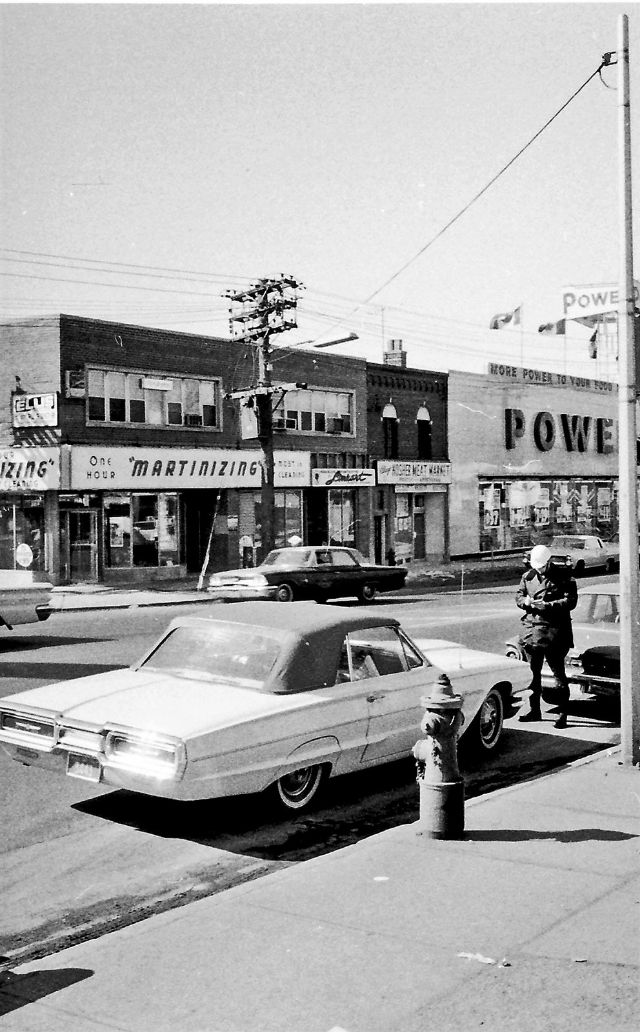
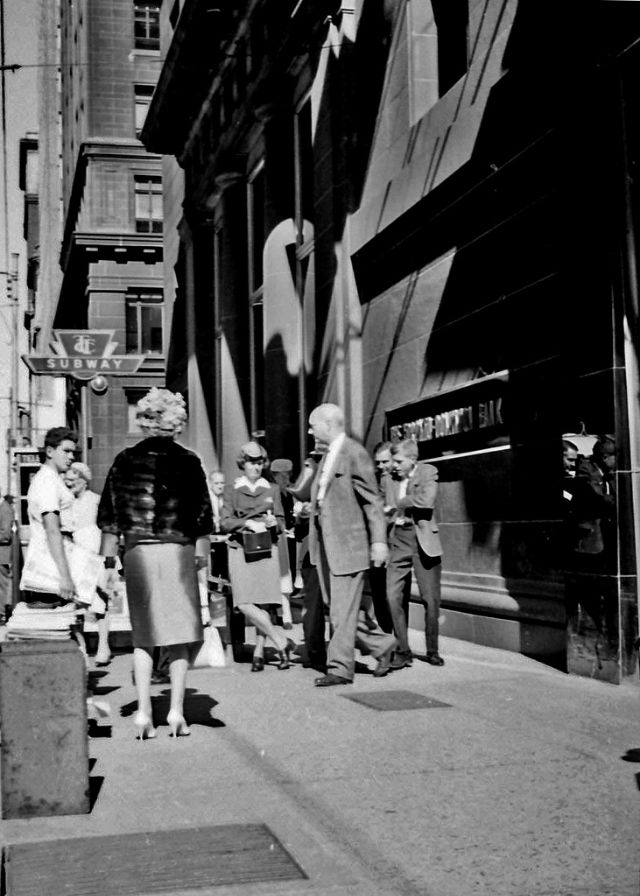
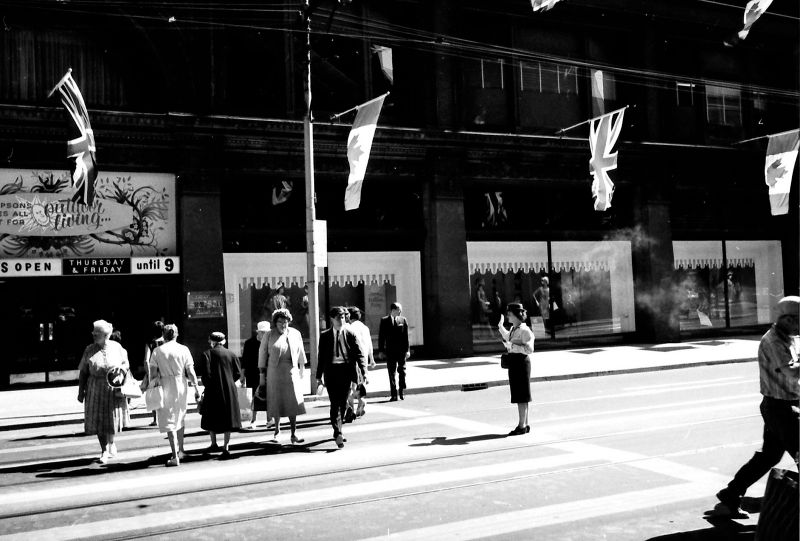
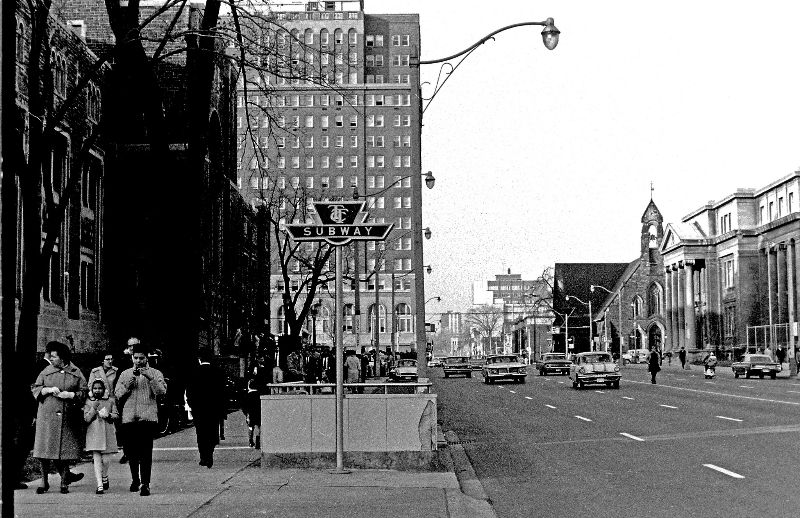
University Avenue, Toronto
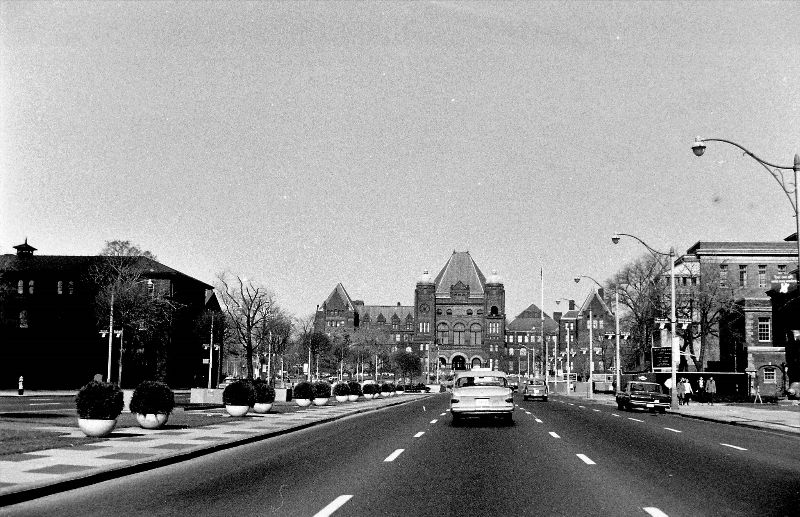
University Avenue, Toronto
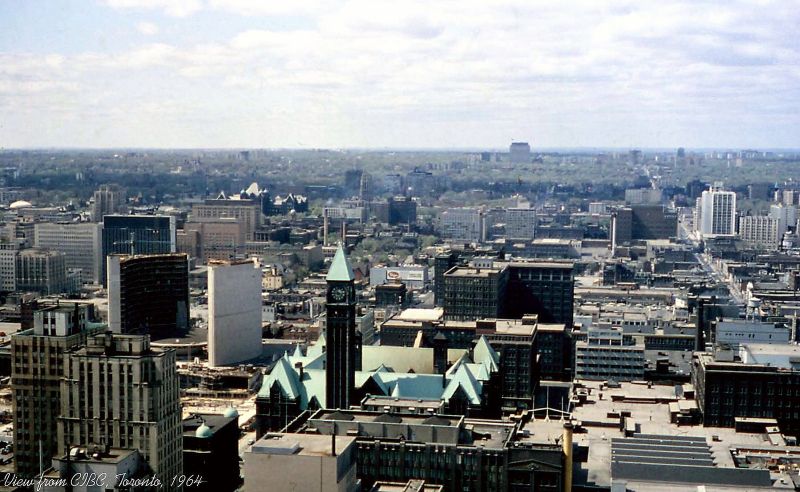
View from CIBC, Toronto
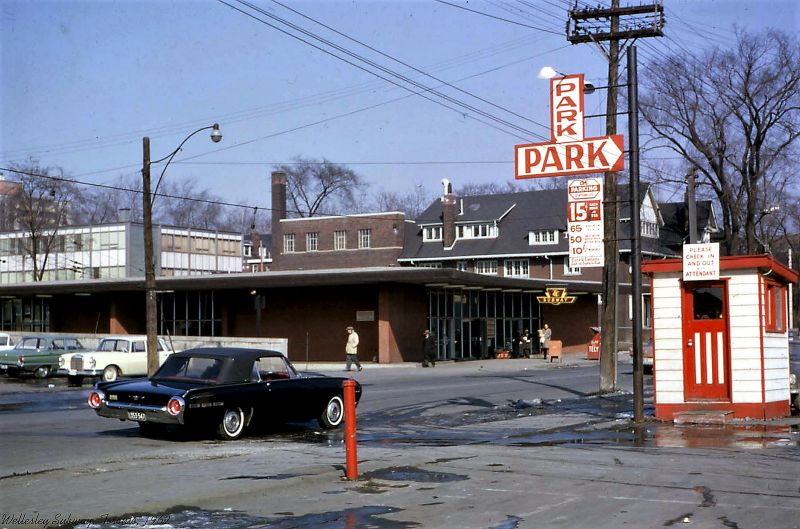
Wellesley subway, Toronto

Westbury Hotel & City Park apts, Toronto

Yonge & Bloor, Toronto
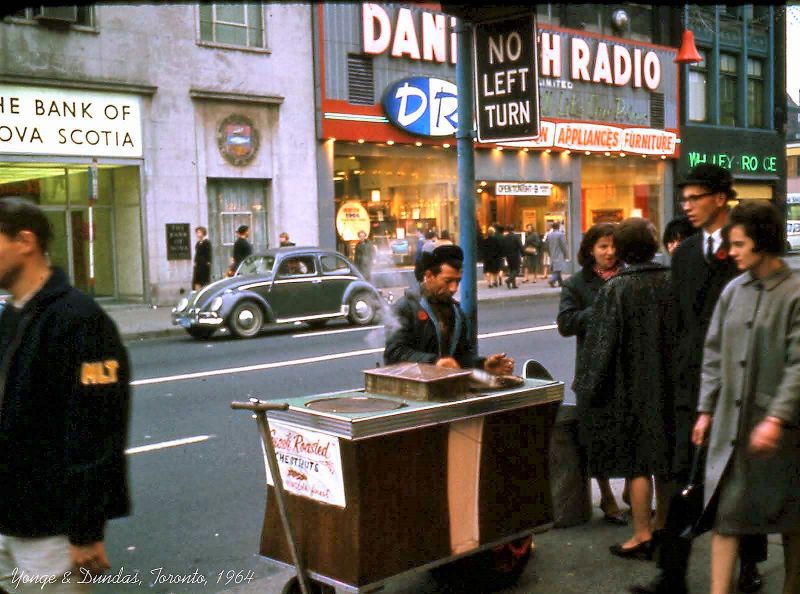
Yonge & Dundas, Toronto
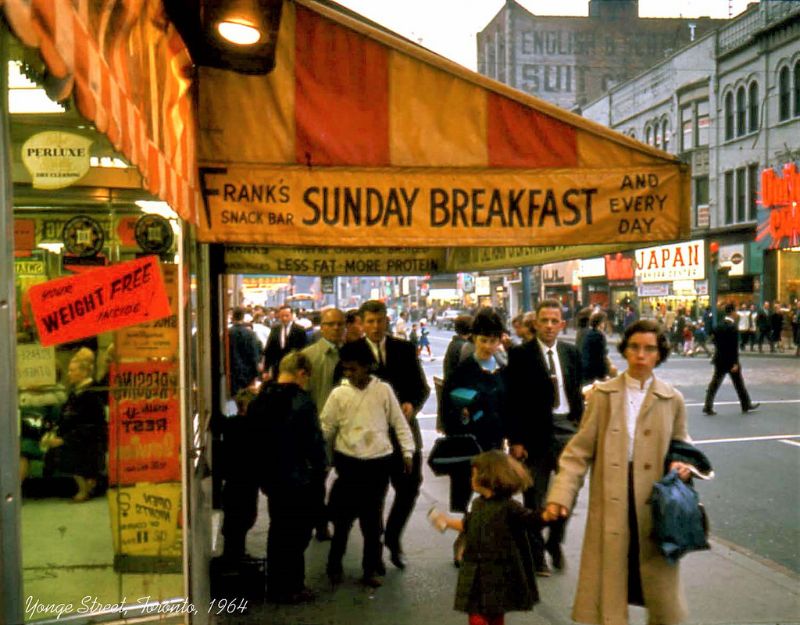
Yonge St, Toronto





